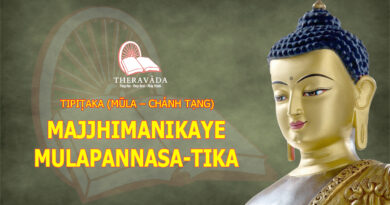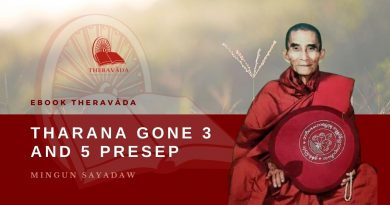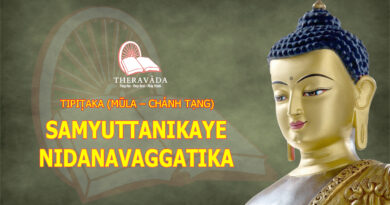Clearing The Path – Nanavira Thera (eng)
Clearing the Path
Writing of Nanavira Thera
Editor’s Foreword
Clearing the Path is a work book. Its purpose is to help the user to acquire a point of view that is different from his customary frame of reference, and also more satisfactory. Necessarily, an early step in accomplishing this change is the abandonment of specific mistaken notions about the Buddha’s Teaching and about the nature of experi-ence. More fundamentally, however, this initial change in specific views may lead to a change in point-of-view, whereby one comes to understand experience from a perspective different from what one has been accustomed to— a perspective in which intention, responsibility, context, conditionality, hunger, and related terms will describe the fun-damental categories of one’s perception and thinking — and which can lead, eventually, to a fundamental insight about the nature of per-sonal existence.
Such a change of attitude seldom occurs without considerable prior development, and this book is intended to serve as a tool in fos-tering that development. As such it is meant to be lived with rather than read and set aside. These notions are developed more fully throughout Clearing the Path but it is as well that they be stated con-cisely at the outset so that there need be no mistaking who this book is for: those who find their present mode of existence unsatisfactory and who sense, however vaguely, the need to make a fundamental change not in the world but in themselves.
Clearing the Path has its genesis in Notes on Dhamma (1960-1963), printed privately by the Honourable Lionel Samaratunga (Dewalepola, Ceylon, 1963— see L. 63). Following production of that volume the author amended and added to the text, leaving at his death an expanded typescript, indicated by the titular expansion of its dates, (1960-1965). Together with the Ven. ¥àõavãra Thera’s type-script was a cover letter:
To the Prospective Publisher:
The author wishes to make it clear that Notes on Dhamma is not a work of scholarship: an Orientalist (in casu a Pali scholar), if he is no more than that, is unlikely to make very much of the book, whose general tone, besides, he may not altogether approve. Though it does not set out to be learned in a scholarly sense, the book is very far from being a popular exposition of Buddhism. It is per-haps best regarded as a philosophical commentary on the essen-tial teachings of the Pali Suttas, and presenting fairly consider-able difficulties, particularly to ‘objective’ or positivist thinkers, who will not easily see what the book is driving at. From a pub-lisher’s point of view this is no doubt unfortunate; but the fact is that the teaching contained in the Pali Suttas is (to say the least) a great deal more difficult— even if also a great deal more rewarding — than is commonly supposed; and the author is not of the opinion that Notes on Dhamma makes the subject more diffi-cult than it actually is.
DOWNLOAD EBOOK: Clearing the Path






